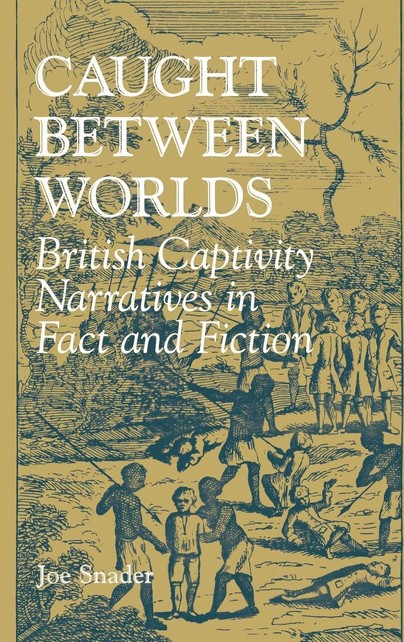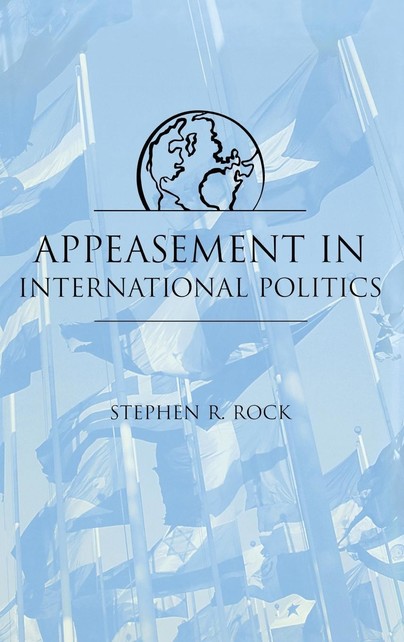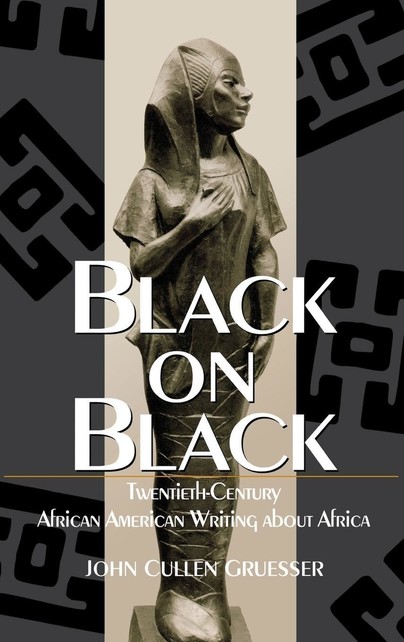The captivity narrative has always been a literary genre associated with America. Joe Snader argues, however, that captivity narratives emerged much earlier in Britain, coinciding with European colonial expansion, the development of anthropology, and the rise of liberal political thought. Stories of Europeans held captive in the Middle East, America, Africa, and Southeast Asia appeared in the British press from the late sixteenth through the late eighteenth centuries, and captivity narratives were frequently featured during the early development of the novel.
Until the mid-eighteenth century, British examples of the genre outpaced their American cousins in length, frequency of publication, attention to anthropological detail, and subjective complexity. Using both new and canonical texts, Snader shows that foreign captivity was a favorite topic in eighteenth-century Britain. An adaptable and expansive genre, these narratives used set plots and stereotypes originating in Mediterranean power struggles and relocated in a variety of settings, particularly eastern lands. The narratives' rhetorical strategies and cultural assumptions often grew out of centuries of religious strife and coincided with Europe's early modern military ascendancy. Caught Between Worlds presents a broad, rich, and flexible definition of the captivity narrative, placing the American strain in its proper place within the tradition as a whole. Snader, having assembled the first bibliography of British captivity narratives, analyzes both factual texts and a large body of fictional works, revealing the ways they helped define British identity and challenged Britons to rethink the place of their nation in the larger world.

















